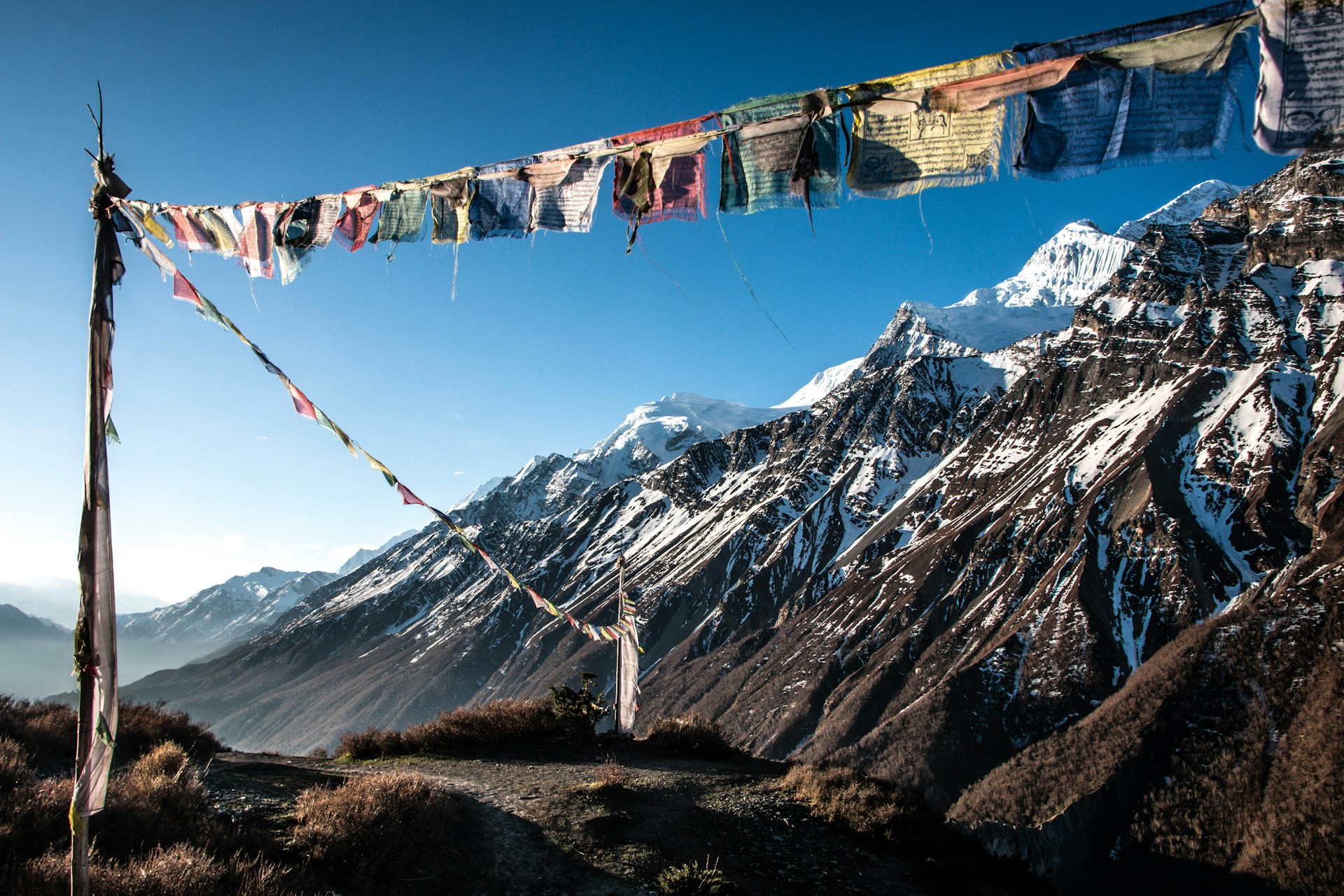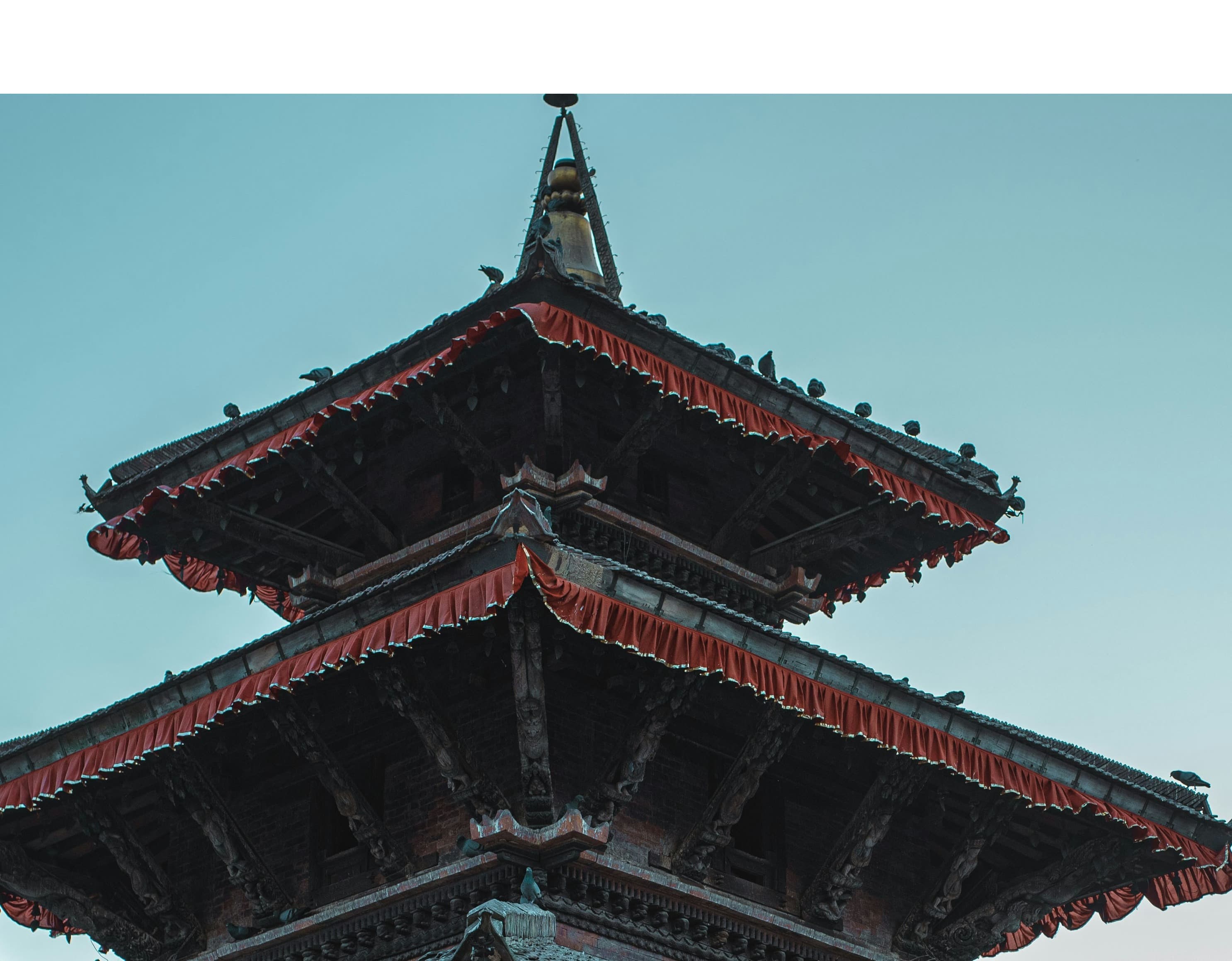- Tourist Destination in Nepal:
- Kathmandu Valley - Cultural and Historical Hub:
- Pokhara - Gateway to the Annapurnas:
- Chitwan National Park - Wildlife Viewing:
- Lumbini - Birthplace of Buddha:
- Everest Base Camp - Ultimate Trekking Experience:
- Bhaktapur - Preserved Ancient City:
- Patan - Artistic Heritage:
- Annapurna Conservation Area - Diverse Ecology and Cultures
- Manang - High-altitude Trekking
- Ilam - Scenic Tea Gardens
Nepal, a breathtakingly beautiful country nestled in the Himalayas, offers a rich tapestry of cultural attractions and natural wonders that draw visitors from around the globe. Kathmandu, the nation’s capital, stands out as a cultural heart with its vibrant Thamel district, historic Durbar Square, and sacred temples like Swayambhunath and Pashupatinath, providing an immersive experience into Nepal’s spiritual and historical heritage.

Not far from the urban buzz, the serene beauty of Pokhara beckons with its tranquil Phewa Lake, the mysterious depths of the Mahendra Cave, and the panoramic splendor of the Annapurna range visible from Sarangkot. This city is a gateway for trekkers to the Annapurna Circuit, offering adventures that traverse lush forests, terraced fields, and high-altitude landscapes.
For those keen on witnessing Nepal’s diverse wildlife, Chitwan National Park offers a pristine environment where you can spot rhinos, Bengal tigers, and various bird species on a jungle safari. Similarly, Bardia National Park presents an untamed wilderness ripe for exploration, with elephant rides and river excursions providing close encounters with nature’s finest.
Lumbini, the birthplace of Lord Buddha, is a profound spiritual site that attracts pilgrims with its peaceful monasteries and the sacred Mayadevi Temple, marking a significant pilgrimage destination.
For adventurers and thrill-seekers, Nepal’s offering of high-altitude treks, including the Everest Base Camp and the less trodden paths of the Manaslu Circuit, provide challenging yet rewarding experiences with breathtaking vistas that are unmatched anywhere in the world.
Each destination in Nepal offers a unique glimpse into the country’s soul, blending awe-inspiring natural beauty with deep cultural roots, making it a must-visit for those seeking both adventure and contemplation.
Tourist Destination in Nepal:
Nepal is a country brimming with awe-inspiring destinations, each offering unique experiences that cater to various types of travelers. Here are ten main travel destinations in Nepal, along with specific reasons why they are must-visit locations:
Kathmandu Valley - Cultural and Historical Hub:

Kathmandu Valley stands as a profound testament to Nepal's rich cultural, historical, and religious heritage. Encircled by mountains, this valley hosts three fabled cities: Kathmandu, Patan, and Bhaktapur, each boasting distinct medieval city squares that highlight the grandeur of Nepalese temple architecture, palaces, and courtyards. Sites like the Kathmandu Durbar Square and the towering Swayambhunath Stupa offer a deep dive into the local lore and spirituality. The iconic Boudhanath Stupa serves as a focal point for Tibetan Buddhism in Nepal, creating a melting pot of pilgrims, monks, and tourists drawn by its spiritual gravity and architectural beauty.
Pokhara - Gateway to the Annapurnas:
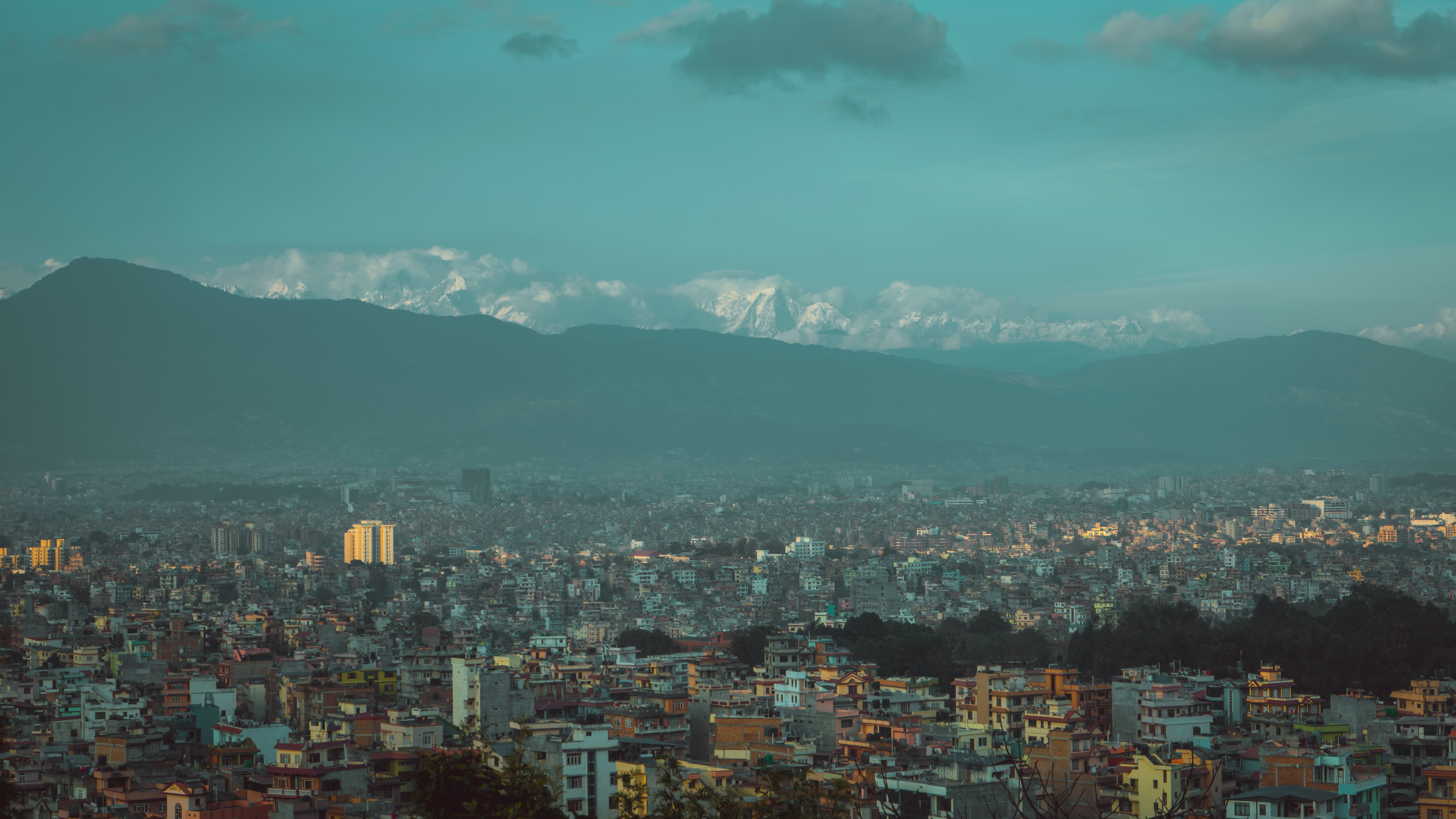
Pokhara is a sanctuary of natural beauty nestled alongside the serene Phewa Lake, shadowed by the formidable Annapurna range which looms over the city with awe-inspiring majesty. Renowned as a starting point for treks such as the Annapurna Circuit, Pokhara also offers a plethora of adventure activities like paragliding, which provides stunning aerial views of the Himalayas, and boating on its tranquil lake. The city is a harmonious blend of natural beauty and modern amenities, attracting both adventure enthusiasts and those seeking peace, making it a cornerstone of Nepal’s tourism.
Chitwan National Park - Wildlife Viewing:
.jpg)
Chitwan National Park is a treasure trove of biodiversity, recognized as a UNESCO World Heritage Site. It's home to some of Asia’s most endangered species, including the Bengal tiger, one-horned rhinoceros, and the gharial crocodile. The park's dense forests and grassy plains offer thrilling jungle safaris by jeep, canoe, or on elephant back, providing close encounters with wildlife in their natural habitats. Chitwan’s Tharu cultural experiences add another layer, highlighting the indigenous ways of life alongside Nepal's wildlife conservation efforts.
Lumbini - Birthplace of Buddha:
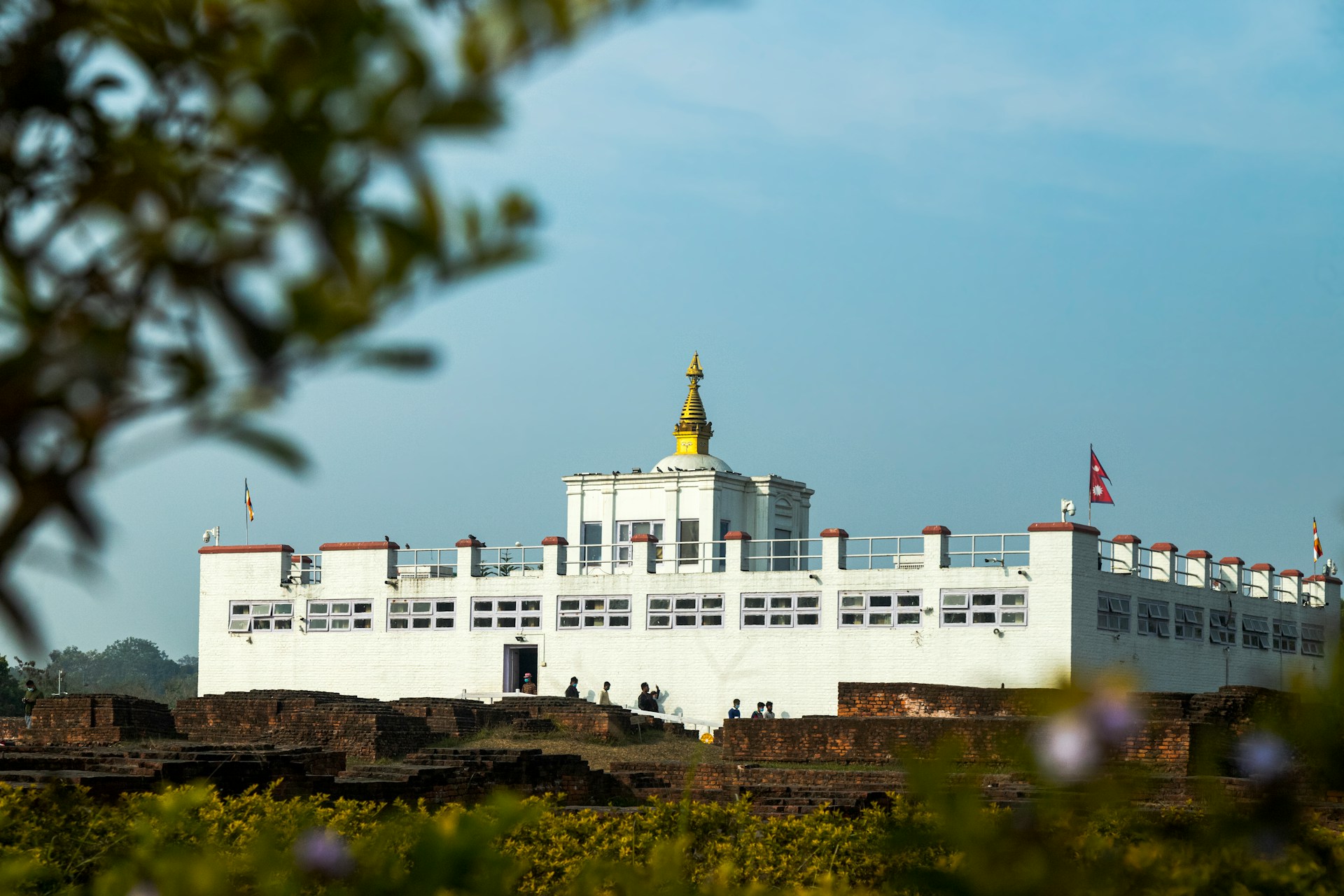
Lumbini is revered as the birthplace of Siddhartha Gautama, the Lord Buddha. This sacred site, marked by the ancient Mayadevi Temple and the Asoka Pillar, is a cornerstone of Buddhist pilgrimage. The area is dotted with monasteries and meditation centers funded by Buddhist communities from around the world, reflecting a myriad of architectural styles and cultural diversities. Lumbini not only offers spiritual solace but also insights into Buddhist traditions and teachings, attracting scholars, practitioners, and tourists seeking enlightenment and peace.
Everest Base Camp - Ultimate Trekking Experience:

The trek to Everest Base Camp is not just a journey; it's a challenge that beckons adventurers from around the globe. Offering dramatic landscapes and the thrill of walking paths tread by legendary mountaineers, this trek provides a glimpse of life in the shadow of the world’s highest peak, Mount Everest. With rustic Sherpa villages, fluttering prayer flags, and majestic glaciers along the route, it embodies the ultimate trekking experience, combining physical challenge with cultural immersion and breathtaking natural beauty.
Bhaktapur - Preserved Ancient City:
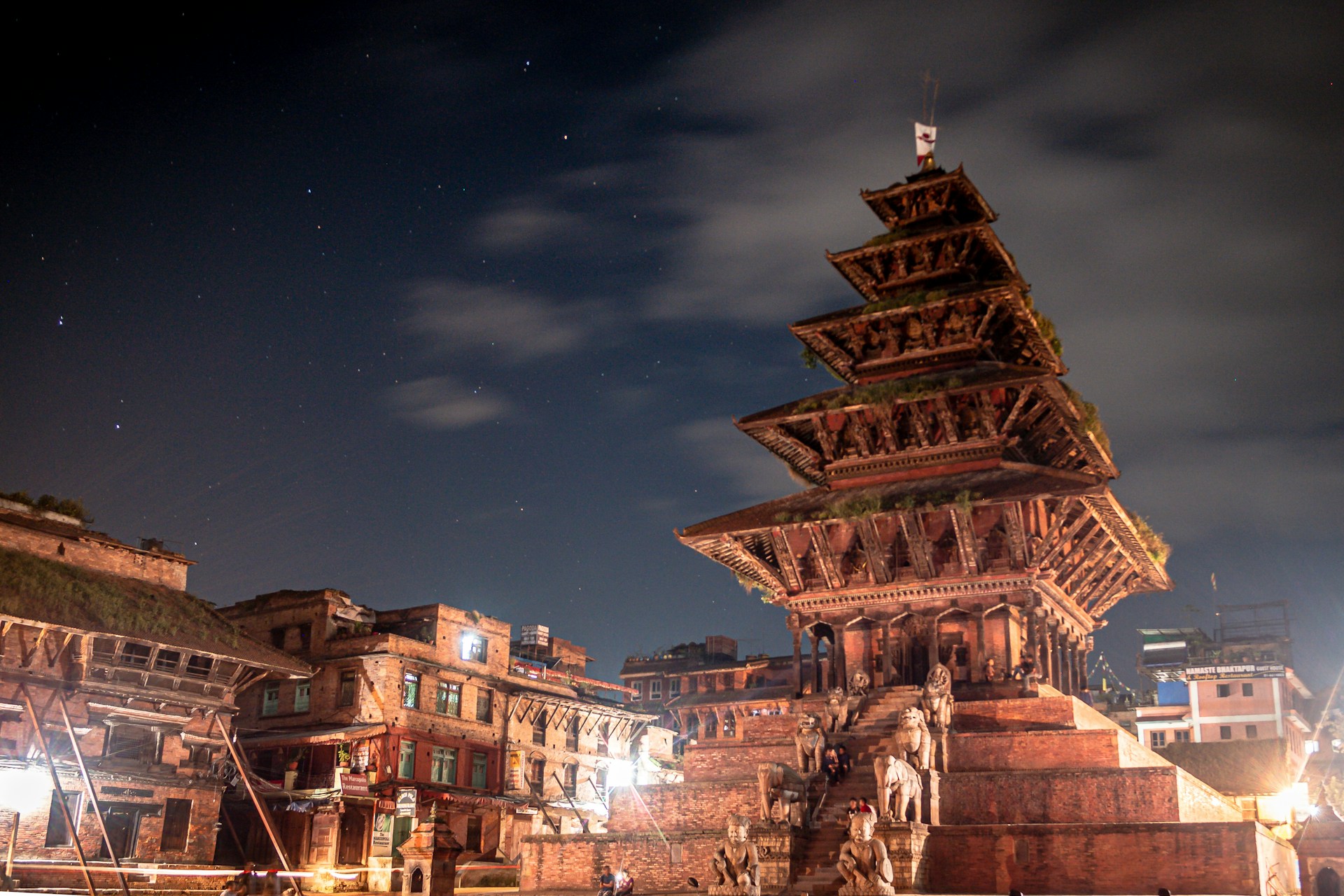
Known for its well-preserved palace courtyards and old city center, Bhaktapur is an example of how the Kathmandu Valley looked before modernization. It offers a deep dive into Nepal’s medieval art and architecture.
Patan - Artistic Heritage:
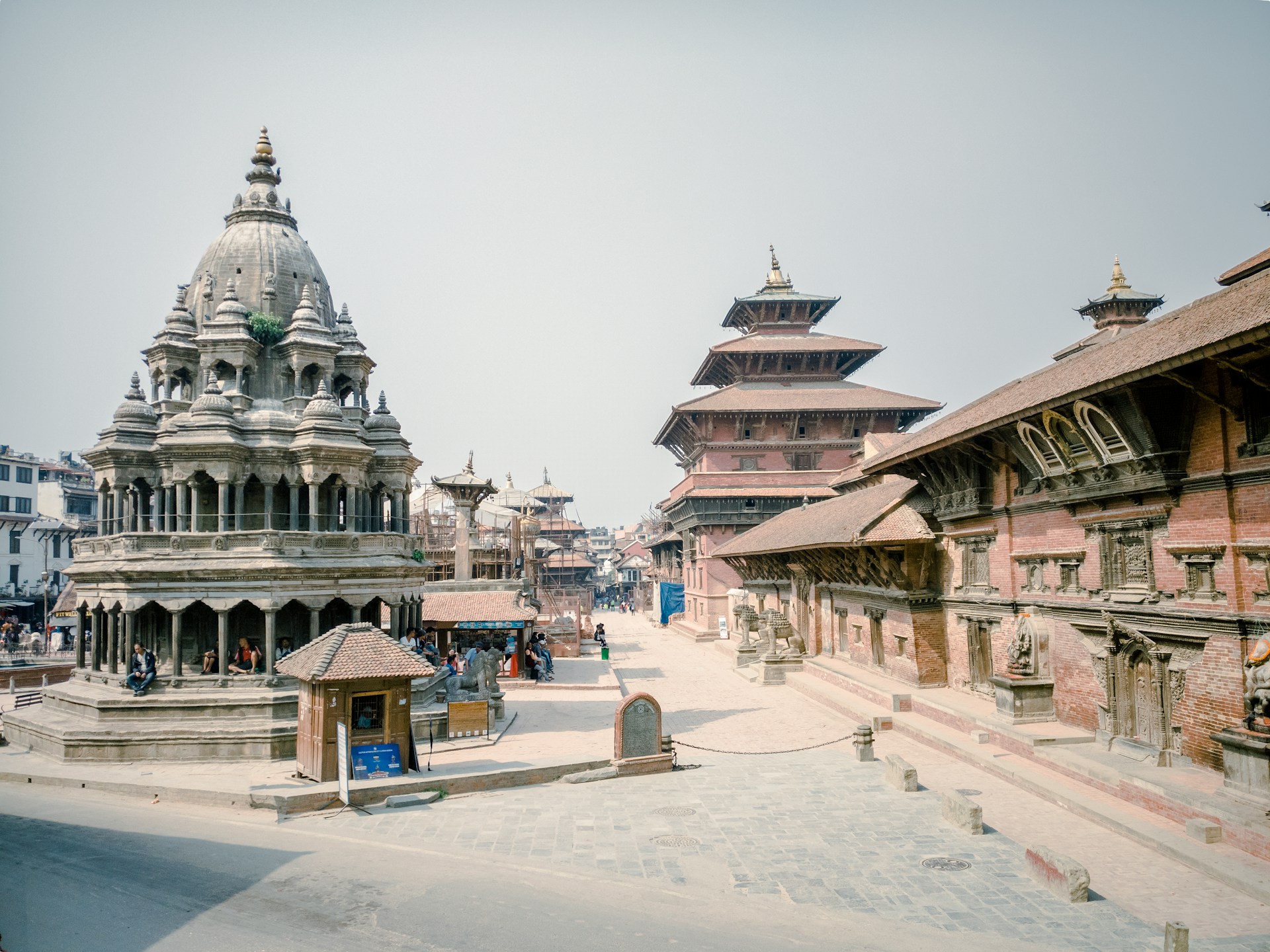
Often called Lalitpur, meaning the City of Beauty, Patan is renowned for its artisan community and rich craftsmanship, including fine metal works and stone sculptures. Patan Durbar Square is a highlight, featuring royal palaces and temples.



